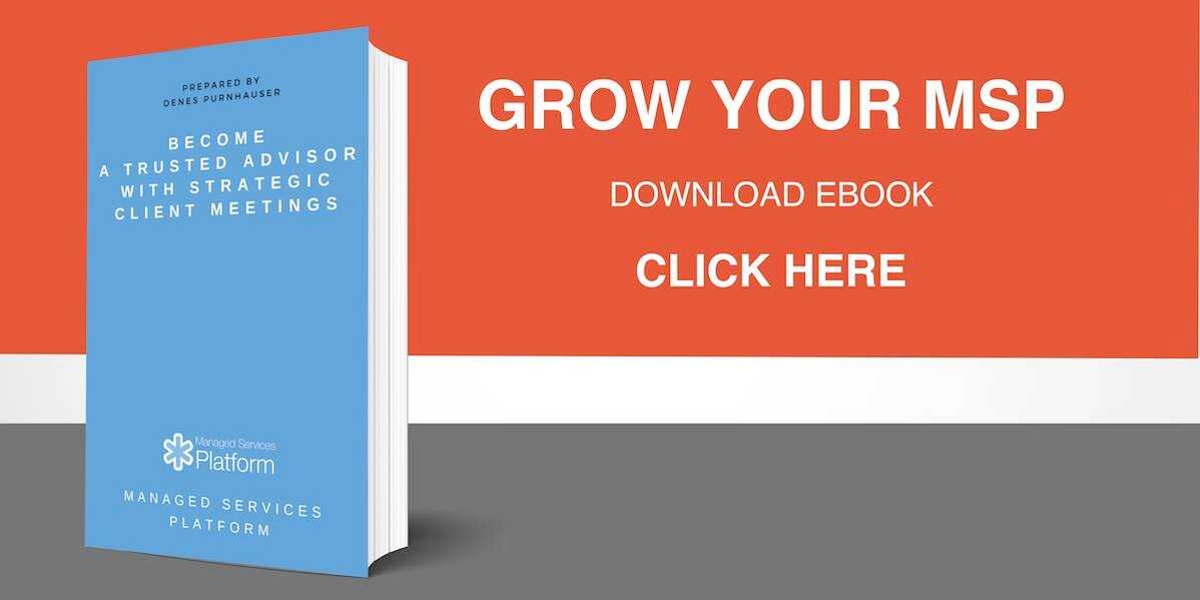
Business Model Canvas has been a very hot management tool recently. Personally I have created 100+ Business Models over the last couple years for clients and for our companies. One of our companies is even a "Use Case" in the Hungarian edition of the Business Model Generation Book. We have developed different ways for IT managed services providers to use the tool for different reasons. Let's take a look at 5 practical ways to leverage this tool.
If you do not know the tool, check it out here: for books, apps, online learning and so on. You can watch a 2 minute introduction here:
The idea of a Business Model Canvas is visualizing and simplifying complex things. It’s divided into nine key building blocks of the business, and uses sticky-notes to put elements and content on the Canvas. You can visualize an existing business model, brainstorm around it and also develop new business models.
As MSP leaders, vCIOs should have this tool in our toolbox for different types of workshops. The tool is perfect for leading and facilitating a conversation about the client's business, rather than their technology. It helps us be part of a business discussion and cut the tech talk.
Upsell your clients with strategic QBRs and IT strategy meetings
1. Understanding your client’s business
Many IT companies put too much focus on the infrastructure of their clients and neglect the need to understand their businesses. If you have a Quarterly Business Review, let's bring the Canvas and go through their business. The Canvas has many helpful features that ensure you won’t get lost - the worst that can happen is the client rambles on about their business, and trust that you understand them. You can add this little event to the onboarding process as well, so every client has this experience from the first phase.
One of our clients in Louisiana used this tool to meet the CEO. The Internal IT Manager was the gatekeeper and did not want them to contact the management directly. The IT Manager was not able to answer such business-related questions, so The Business Model Canvas provided the chance to go back to the Board Room again and talk to the CEO personally.
2. IT Strategy Meeting
When we create an IT strategy we need a clear understanding of the business context. The Business Model Canvas is a great tool for us and for the client to brainstorm. If for example "Fast Delivery" is one of the client's value propositions, the canvas helps focus on their need for process automation or collaboration tools. If their priority is to get the clients closer and increase the personal touch, why don’t they use advanced Project Management and CRM tools?

One of our clients in New Jersey has done the Modeling, and the main initiatives of the Business Model Canvas went into the IT strategy directly. Their main focus went to IT, because they felt the virtual CIO was able to manage those initiatives.
3. Discovery Workshop
Of course every MSP is playing the commodity field now. Differentiation is key when we want to land a new client. Starting off with a Business Model Canvas is going to generate confidence in the prospect's mind. No IT company out there is doing such a workshop. They’ll feel they’re making a real business connection while also talking to a tech expert.
One of our clients did that and the client response was: "Geno, you are the first service provider ever who has asked us such questions. Most of them just checked our server room." He landed the deal right there!
4. Business - Technology alignment with the IT Management Canvas
Our consultative sales process has an IT Management Discovery tool called the 7C IT Management Canvas. The shape is the same as the Business Model Canvas, but we have IT management and IT technology related content inside. We use a questionnaire that we complete with the prospect, and score them across several different dimensions. It is 100% compatible with the Business Model Canvas, so we suggest using both for clients of 50 or more people.

The Business Model Canvas feeds the 7C IT Management Canvas, and shows the Business - Technology alignment. It is just a little extra work, but it maps out the company business and technology very clearly. Of course, all the actions we take from here will be both technology and business oriented, and thus every tech-related project will have the business case in mind.
5. Your thinking tool
Most of the time you use the Business Model Canvas to manage your clients' businesses. I strongly suggest playing within your organization as well. Carve out your current model, create alternatives and brainstorm around different models and ideas.

Let's use our previous article as an example as we go through the MSP 1.0 and MSP 2.0 typical business models. Let's use these thoughts as conversation starters with your clients. Get your team together, do a workshop from scratch and ask the questions in the Canvas. You’ll be surprised how much alignment it can achieve.
If you are interested in learning more about how to leverage this tool, check out a demo with one of our Customer Success Managers.


